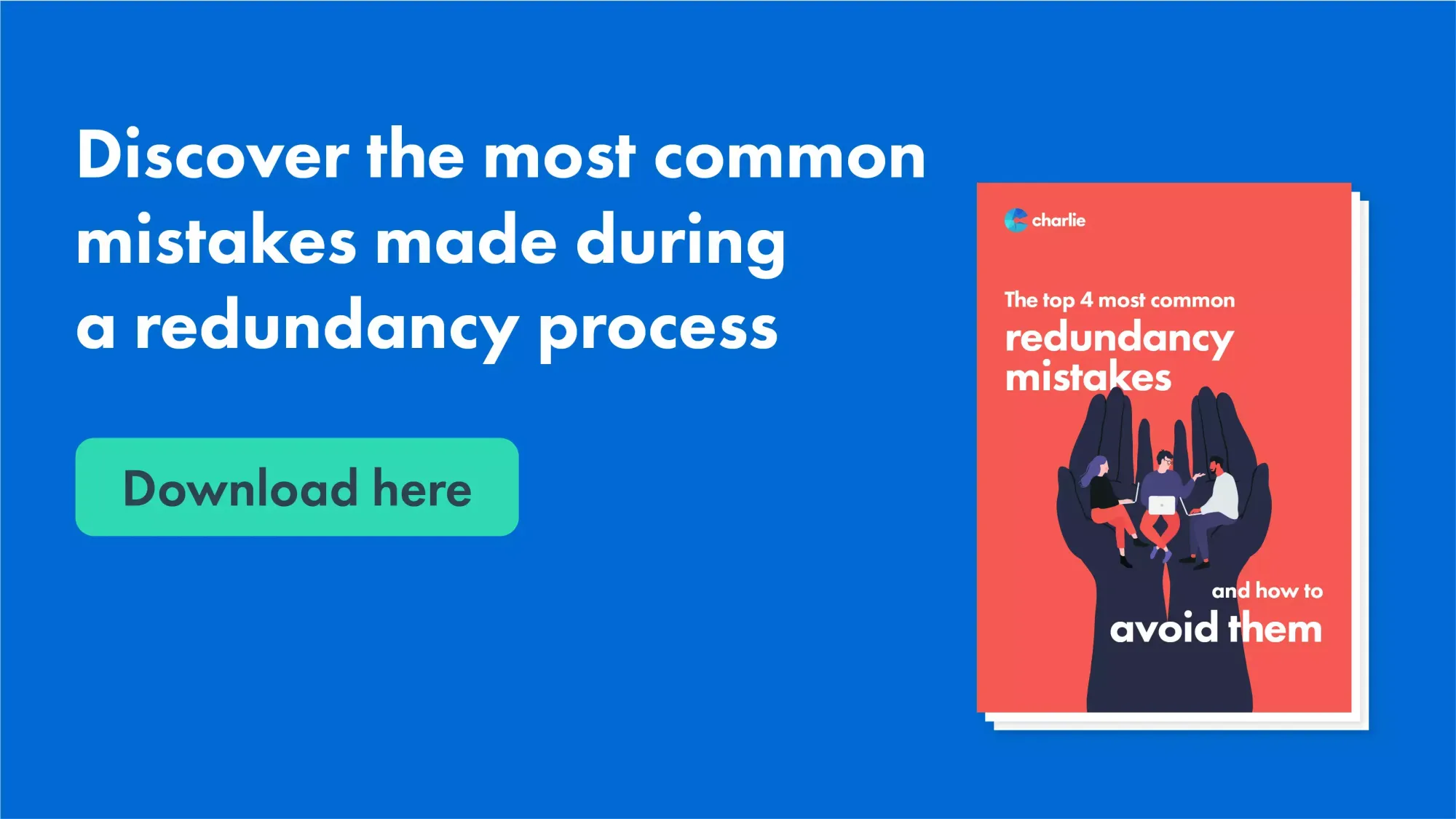Who Pays Redundancy Money? Understanding Company Duties in the UK
Who Pays Redundancy Money? Understanding Company Duties in the UK
Blog Article
Discovering the Operational Dynamics of Business Redundancy and Its Long-Term Sustainability

Redundancy Approaches for Organization Continuity
In order to ensure continuous operations, services should apply reliable redundancy methods for company continuity. Redundancy in this context describes the duplication of crucial components or functions within a system to minimize the effect of possible failings. By incorporating redundancy approaches, organizations can improve their resilience against interruptions brought on by numerous aspects such as natural calamities, tools failings, or cyber-attacks.
One typical redundancy strategy is the application of backup systems and data storage space options. This involves creating duplicates of crucial data and systems that can be turned on in situation of a primary system failure. Additionally, companies can develop redundant communication networks and power resources to maintain connection and procedures throughout unanticipated events.
Additionally, cross-training staff members to perform several duties within the firm can function as a beneficial redundancy approach. If vital personnel are inaccessible due to illness or various other factors, this guarantees that vital tasks can still be lugged out also. On the whole, efficient redundancy approaches are important for companies to support functional continuity and minimize the effect of possible disturbances.
Impact of Redundancy on Organizational Resilience
Given the crucial duty redundancy strategies play in ensuring business connection, checking out the effect of redundancy on organizational resilience comes to be critical for recognizing the all natural functional characteristics of a company. Business resilience describes an entity's capacity to adjust to disturbances, recuperate from obstacles, and transform when required while preserving core features. Redundancy, when strategically executed, can significantly add to enhancing a company's durability despite unforeseen obstacles. By having back-up systems, employees, or procedures in position, firms can much better endure shocks and proceed procedures with marginal disturbance.
Furthermore, redundancy can cultivate technology and creative thinking within an organization as workers really feel empowered to take calculated risks, knowing that there is a safety and security web to support them in case of failing. Generally, the effect of redundancy on organizational resilience is profound, shaping the lasting sustainability and success of a firm.
Stabilizing Effectiveness and Adaptability in Redundancy
Attaining a harmonious stability in between operational efficiency and flexible flexibility is an essential difficulty in the calculated implementation of redundancy within organizations. Reliable operations are essential for preserving productivity and cost-effectiveness, ensuring that resources are used ideally. However, too much focus on performance alone can result in rigidity, making it hard for organizations to adjust to unpredicted adjustments or obstacles. On the various other hand, versatility allows organizations to respond nimbly to advancing conditions, fostering technology and durability. Yet, excessive versatility without a solid operational foundation can result in inefficiencies and incongruity.
To stabilize performance and versatility in redundancy planning, companies need to carefully evaluate their functional demands, market characteristics, and critical objectives. Applying lean methods can boost performance by enhancing processes and removing waste, while promoting a society of flexibility and continuous enhancement can enhance adaptability. In addition, investing in cross-training programs and durable communication channels can aid grow a versatile labor force capable of dealing with diverse tasks during periods of shift. Eventually, discovering the appropriate equilibrium between effectiveness and adaptability is critical for developing a lasting and resistant organization despite uncertainty.
Long-Term Sustainability Through Redundancy Preparation
To make certain enduring viability and stability, organizations need to strategically align their redundancy preparation with long-lasting sustainability objectives, thus integrating operational efficiency with flexible versatility. Long-lasting sustainability with redundancy preparation includes greater than just temporary cost-cutting actions. It needs a comprehensive calculated method that anticipates future obstacles and possibilities. Firms must watch redundancy not as a reactive remedy to instant problems yet as a positive strategy for long-term success. By integrating redundancy planning with sustainability purposes, companies can produce a resistant structure that can endure numerous market variations and internal modifications.

Aggressive Procedures for Lasting Firm Procedures
How can firms proactively enhance their functional sustainability for long-term success? Applying positive actions is vital for business aiming to ensure sustainable operations.
Additionally, cultivating a culture of continuous improvement and knowing within the company can boost adaptability to changing market problems and consumer needs. Encouraging worker participation in decision-making processes and supplying opportunities for professional growth can improve morale, productivity, and overall efficiency. Establishing clear objectives, monitoring crucial efficiency indicators, and regularly reviewing development are crucial components of proactive sustainability monitoring.
Collaborating with providers, consumers, and other stakeholders to promote lasting techniques throughout the supply chain can develop a causal sequence of positive impact - redundancy pay if company goes bust. By taking positive steps towards functional sustainability, business can construct strength, drive advancement, and safeguard their lasting success in an ever-evolving business landscape
Verdict

In the realm of business administration, the critical implementation of business redundancy stands as a critical yet intricate technique that demands a delicate equilibrium between functional performance and long-lasting practicality. By exploring the functional dynamics that Resources underpin firm redundancy and examining its more comprehensive effects for business resilience and flexibility, a nuanced understanding of how redundancy techniques can form the future trajectory of a firm begins to unravel.Offered the essential role redundancy techniques play in ensuring company continuity, exploring the impact of redundancy on business strength ends up being imperative for comprehending the holistic functional dynamics of a company. In general, the influence of redundancy on business strength is extensive, forming the lasting sustainability and success of a business.
In verdict, comprehending the functional characteristics of company redundancy is important for guaranteeing long-lasting sustainability.
Report this page